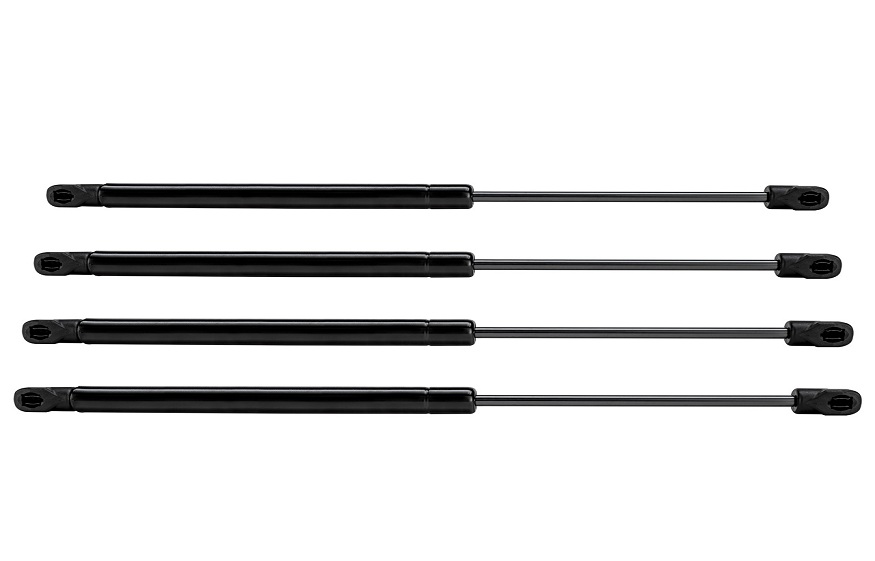
Food labels are very important as they provide consumers with vital information regarding their foods. With a good label, one can choose the product that fits their diet and tastes. Clear labels ensure trust between brands and consumers, which is significant in the modern market. Well-designed labels can help draw customers to the products. The importance of labels grew with increasing health awareness. Moreover, labels and stickers printing manufacturers communicate the features and benefits of their products. Overall, good food labels will enhance the shopping experience.
The top tips for reading the food labels
Built from personal experience, labelling is a way of learning and understanding what you are taking in as fit for your diet plan. To develop effective food labels for your business, consider choosing the best labels and sticker printing in UAE. The following are the top tips for reading the food labels:
Understand the ingredient list
Paying attention to the ingredients when looking at a food label is very important. It will show what, exactly, is inside the product. Ingredients are arranged to start with the highest amount to the smallest, so if a couple of the first products sound like something you’ve never heard of. Familiar ingredients usually mean the product is more natural. Foods containing fewer and simpler ingredients are likelier to be the healthiest choices. Those long lists of chemical-based ingredients are not the best choice for your diet. Many companies today are focused on providing healthier options and using better ingredients.
Look for nutritional information
Another important element of nutrition labeling involves nutritional information such as data on calorie content, fat content, proteins, vitamins, and minerals. When selecting your foods, you should look at the product’s serving size, which is often the case when people fail to realise that the numbers can vary with portions. This is used to compare the nutrition with your dietary needs. Whether you count your sugar or are looking to pump up your protein intake, this is where you’ll find such information to make an informed choice. Reading labels can very easily be satisfying to the consumer.
Be aware of health claims
Health claims on food labels, such as “low fat,” “sugar-free,” or “high in fibre,” are useful but sometimes can be even misleading. It is beyond the claims, even beyond headline ingredients on the label, to take a closer look at the overall nutritional profile. Other labels use buzzwords that sound healthy, although those words may not represent how healthy that product is. A very good example is “natural,” one of those terms not strictly defined, which means a product labelled as such could still contain other ingredients that are quite unhealthy.
Check for allergens
Very important, if one considers food allergies or sensitivities, is to check for possible allergens on the food label. Moreover, some labels provide good information about certain allergens such as nuts, dairy products and gluten. This can be done at the end of the list of ingredients or in another part of the label. If you are using a new product, go for it if available. Furthermore, most of these products are made in factories that process nuts, wheat and other allergenic foods. There may be a higher risk of cross-contact with the allergen. If you’re sensitive, avoid such products altogether.
Choose products with healthy fats
Not all fats are created equal, and a selection of them considerably helps one’s body, such as those in avocados, nuts, and olive oil. When you look at the food labels, it’s best to choose unsaturated fats over saturated and trans fats. Trans fat tends to raise bad cholesterol and is believed to raise heart disease risk. The ideal label would have low trans fats and limited saturated fats. Healthy fats translate into a healthy heart and overall health if one chooses their foods correctly. Moreover, the trustworthy brands take the consumer’s health seriously and thus are safer to consume at meal times.
Watch for added sugars
Added sugars are found in many products, most of which would have otherwise been considered healthy. The ingredient list on the nutritional labels on the package can read cane sugar or high fructose corn syrup. When a person wants to cut down on sugar intake, it is important that the quantity of sugars one should pay attention to increases. Intake of high sugar can be dangerous and may cause some fatal diseases. When reading the label, the goal should be to select foods with little or no added sugars. Watch for this label to ensure you get most of the nutritional value from your grain products.
Check for preservatives
Preservatives are the chemicals used to save the food from getting rotten. These can keep the life of the food a little longer. While some are harmless, others may harm your health. If there is a long, drawn-out list of preservatives, you surely have highly processed food in store. You usually attribute the sights of choosing fresher and selecting items with fewer or zero preservatives. That is particularly compatible with keeping healthy and reducing exposure to potentially unhealthy additives in your diet. Understanding what type of nutrient is being added may further help with food choices.
Trust your instincts
Your health and well-being are just the most important factors to consider. Sometimes, a product’s label may look glossy, and the marketing claims sound too amazing to be true. Still, it would always be better to select something else if that product does not align with your dietary goals. What could be done to achieve that goal was to listen to the body and the nutrients it has. When in doubt, choose the least processed foods, including fruits, vegetables, whole grains and lean proteins. These choices will typically ensure the best nutrition with no confusing food label interference.
Final words
In short, food labels are a key means of making informed dietary choices. Keeping an eye on nutritional information, ingredient lists, and serving sizes in what one consumes will better help one manage health and well-being. An online food label maker can make creating personalised labels that suit certain dietary needs or preferences easier in many ways. This will empower them to assume more responsibility for nutrition and foster healthier eating practices. Thus, food labels indicate allergens and additives so consumers can avoid ingredients they do not want to consume.



